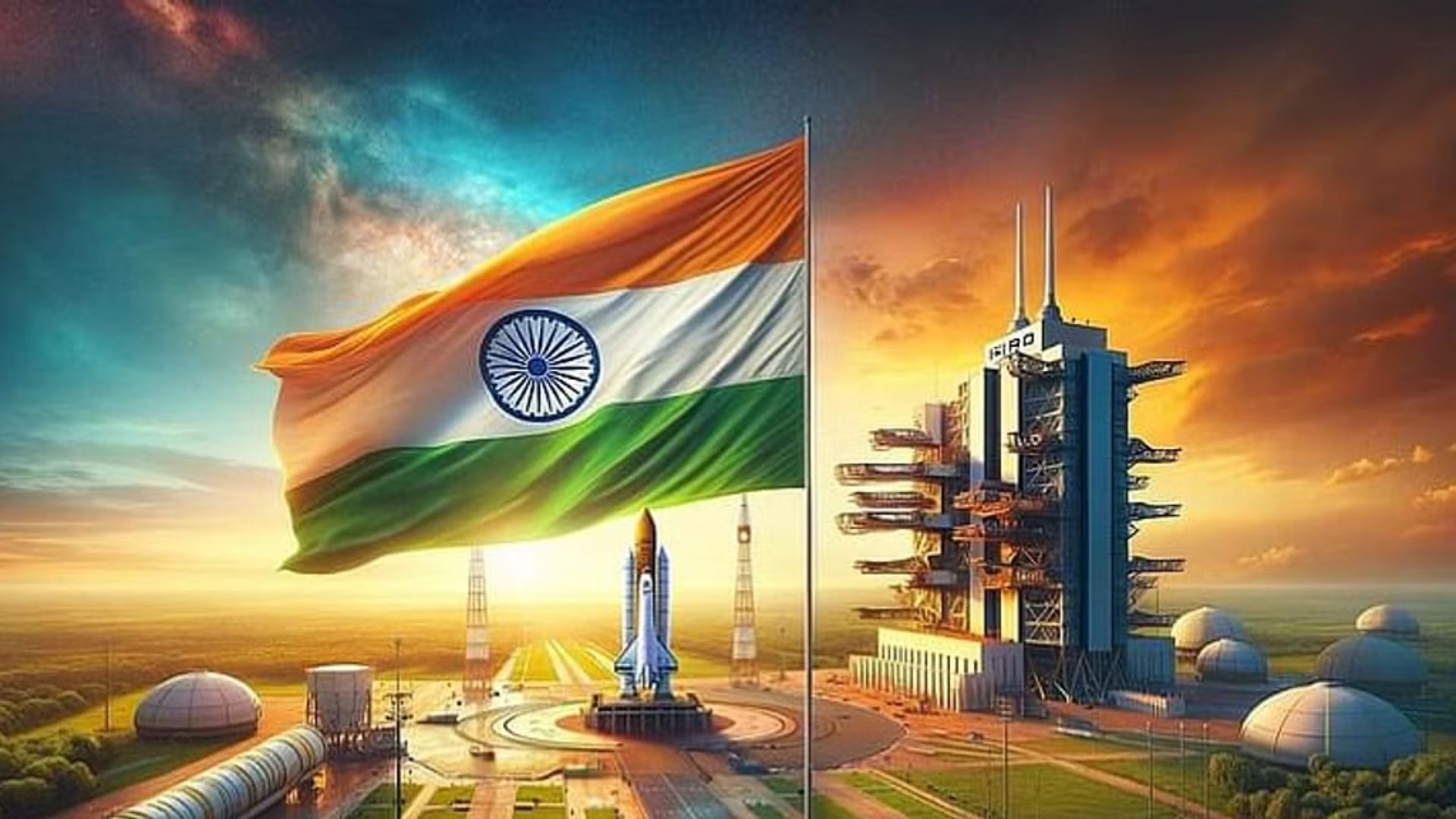India’s Tech Powerhouse: Top 5 Innovations Transforming Lives
India is rapidly becoming a global tech leader, fueled by its innovative spirit and a massive user base eager to embrace new technologies. This unique combination is fostering groundbreaking solutions that not only address local challenges but also make a global impact. Here, we explore five remarkable examples of Indian innovation poised to transform lives:

Bridging the Digital Divide: Affordable Education Tablets
The EPIC Foundation’s indigenously-developed Education Tablet tackles two crucial issues: accessibility and sustainability. Designed by VVDN Technologies, MediaTek India, and CoRover.ai, this tablet prioritizes repairability and upgradeability to minimize electronic waste. With the “BharatGPT” virtual assistant, it promotes digital learning and facilitates language translation across Indian languages. This initiative aims to bridge the digital divide in education by making technology affordable and sustainable.
Revolutionizing Education with EPIC’s Education Tablet
- Focus on repairability and upgradeability reduces e-waste and creates repair technician jobs.
- BharatGPT virtual assistant promotes digital learning and language translation.
- Affordable and accessible technology empowers wider educational opportunities.
A Cashless Revolution: The Rise of UPI
Launched by the National Payments Corporation of India (NPCI) in 2016, UPI (Unified Payments Interface) has transformed daily life for millions. This seamless mobile payment system allows instant bank transfers between accounts without additional fees. Its user-friendly interface and robust security have driven widespread adoption. Users can make payments with just a few taps, eliminating the need for cash or cards. UPI’s journey from groundbreaking idea to global phenomenon showcases India’s leadership in financial technology innovation.
The Power of UPI
- Enables instant, cost-free money transfers between bank accounts.
- User-friendly interface and robust security features ensure safe transactions.
- Promotes a cashless society and simplifies financial transactions.
Riding Clean: Electric Two-Wheeler Surge
Rising fuel costs and pollution concerns are fueling the popularity of electric vehicles (EVs) in India. The government’s support, including subsidies, tax benefits, and charging infrastructure development, is accelerating this shift. With a growing number of Indian brands leading the charge, the EV market is booming. Ola Electric and Ather Energy are prominent players offering high-performance electric scooters with advanced features. This innovation not only reduces dependence on fossil fuels but also promotes cleaner air and a more sustainable future.
The Future is Electric
- Government initiatives encourage EV adoption with subsidies and infrastructure development.
- Indian brands like Ola Electric and Ather Energy are leading the EV revolution.
- Electric two-wheelers offer a cleaner and more economical alternative to traditional vehicles.
Connecting the Unconnected: The Power of Feature Phones
India’s unique mobile ecosystem includes a thriving feature phone market, particularly in rural areas with limited smartphone penetration. These affordable phones cater to basic needs like calling and texting. The launch of JioPhone by Reliance Jio was a game-changer, offering 4G connectivity at an incredibly low cost. This made internet access accessible to millions in remote regions. The success of JioPhone highlights the importance of cost-effective solutions in bridging the digital divide.
Bridging the Gap with Feature Phones
- Affordable feature phones offer basic functionalities like calling and texting.
- JioPhone’s low-cost 4G connectivity empowers millions with internet access.
- Feature phones play a crucial role in connecting rural populations.
A Pioneering Spirit: The Manav Humanoid Robot
India’s journey into robotics began in the 1980s with a focus on industrial applications. Institutions like IIT and DRDO played a vital role in this advancement. The creation of Manav, a humanoid robot unveiled at IIT Bombay’s Techfest in 2014, showcases India’s growing expertise in advanced engineering. This remarkable feat demonstrates India’s commitment to technological innovation and its potential for developing sophisticated robotic systems.
Manav – A Glimpse into India’s Robotic Future
- Manav highlights India’s advancements in robotics research and development.
- This humanoid robot is capable of walking, talking, and responding to voice commands.
- Manav’s creation paves the way for future advancements in the field of robotics.
FAQs
Q: What are some of the challenges faced by India in adopting new technologies?
A: While India has made significant strides in technology adoption, challenges persist. These include digital literacy gaps, especially in rural areas, infrastructure limitations, data privacy concerns, and cybersecurity threats. Additionally, the vastness of the country and diverse population present unique challenges in ensuring equitable access to technology.
Q: How can India further leverage its technological advancements for social impact?
A: India can maximize the social impact of its technological advancements by focusing on areas like digital education, healthcare, agriculture, and financial inclusion. Developing affordable and accessible solutions, promoting digital literacy, and fostering partnerships between the government, private sector, and academia can accelerate progress.
Q: What role can startups play in driving India’s technological growth?
A: Startups are at the forefront of India’s technological revolution. They bring innovation, agility, and a deep understanding of local needs. By providing funding, mentorship, and a supportive ecosystem, the government and investors can empower startups to scale their solutions and create a significant impact.
Q: How does India compare to other countries in terms of technological innovation?
A: India is emerging as a global tech powerhouse, competing with established players. While it has made significant strides in areas like IT services and software development, it still needs to catch up in hardware manufacturing and cutting-edge research. However, with its growing talent pool and entrepreneurial spirit, India has the potential to become a global leader in technology.
Q: What are the key factors driving India’s technological growth?
A: Several factors contribute to India’s technological growth, including a large and young population, increasing internet penetration, a thriving startup ecosystem, government initiatives, and a growing focus on research and development. Additionally, the country’s English language proficiency and cost-effective talent pool make it an attractive destination for global tech companies.




